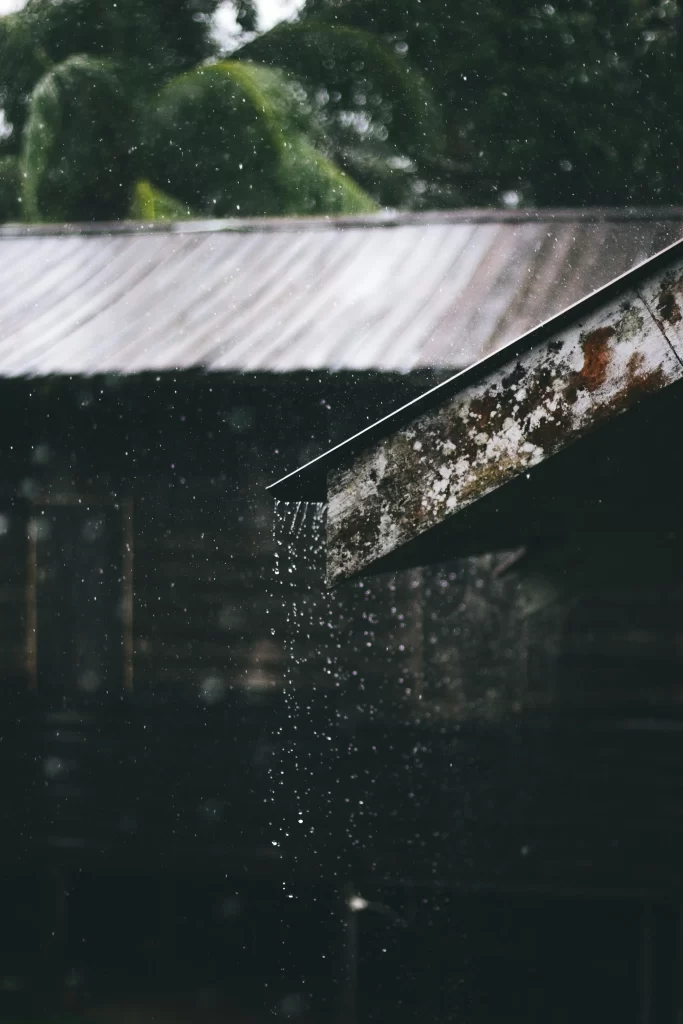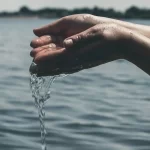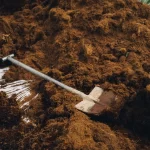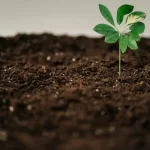How I Learned to Save Water In The Garden, Cut My Water Bill and Saved My Garden
Real Life Ways I’ve Learned to Save Water in the Garden (Without Losing My Mind)
Most people don’t realize how much clean water goes to waste every single day especially while waiting for the shower to heat up or letting rainwater wash down the drain. I was one them. That changed when I started collecting and reusing water for my garden. It’s a simple habit, but the impact? Huge for my plants, my wallet, and the environment.
That morning pushed me to make a change. I started collecting rainwater and reusing water from inside the house. Not because I was on some big environmental mission, but because it felt wrong to waste so much without even thinking. That one small shift turned into a habit. Over time, it completely changed how I take care of my garden.

Collecting Rainwater: Simple, Low-Effort, Useful
If you have ever looked at your downspout during a heavy rain and seen all that water rushing out, you have probably thought about catching it. I did, I picked up two plastic barrels and placed them beneath the gutters. They were not expensive, just large enough to hold around 30 to 35 gallons.
If you try this, make sure to cover the top with fine mesh. The first time I left mine open, mosquitoes took over fast. Since then, I add a little vegetable oil on the surface. It creates a thin film that keeps bugs away and does not affect the plants.
Indoor Water Reuse: No Cost, Just Awareness
Every morning, the shower takes a while to get hot. Now I place a bucket under the stream during that time. That water is clean and ready for the garden. It takes almost no effort. I also stopped rinsing produce under a running tap. Instead, I use a bowl. The leftover water is full of bits and nutrients that the soil actually benefits from.
These changes may sound small, but they save more water than you think.
Storage: Keep It Clean or Toss It Out
Storing water is not complex, but it does require attention. I use tight-sealing containers and keep them in shaded areas. Direct sunlight leads to algae growth, and nobody wants that.
It is also important to check your stored water every so often. If it smells odd or starts to look murky, it is safer to pour it out. Better to start fresh than risk using contaminated water on your plants.
When and How You Use It Matters
I water my plants early in the morning or later in the evening. Those are cooler times of day, which means less evaporation. It also gives me a quiet moment to slow down and focus.
Using a small watering can instead of a hose works better for me. It gives more control, and I avoid overwatering. If you are managing a bigger garden, attaching a hose to the rain barrel makes a lot more sense. I made that switch after too many trips back and forth carrying buckets.
A Few Other Things I Picked Up
Buy a solid rain barrel if you can. The ones with built-in filters and spigots are more expensive, but they save time and effort.
Check your roof type. If your shingles are treated with chemicals, avoid using that runoff water on edible plants.
Use the water regularly. I try to empty the stored water within a week or two to avoid issues.
Why It All Matters
Since I started, my water usage has dropped and my garden has improved. The flowers bloom better, the herbs stay healthier, and I get that small sense of satisfaction every time I reuse water that would have gone to waste.
You do not have to overhaul your lifestyle, start small. A bucket under the shower. A barrel under the gutter. That alone is enough to make a difference.
I still look forward to rainy days now. What used to be just a soggy inconvenience feels like an opportunity.


